Rising Demand for Indoor Farming
The Agricultural Lighting Market is witnessing a notable increase in demand for indoor farming solutions. As urbanization continues to rise, the need for efficient food production within city limits is becoming more pressing. Indoor farming relies heavily on artificial lighting to create optimal growing conditions, making agricultural lighting a critical component of this trend. Market analysis indicates that the indoor farming sector is expected to grow at a compound annual growth rate of over 20% in the coming years. This growth is fueled by the desire for fresh produce year-round, regardless of external weather conditions. Consequently, the Agricultural Lighting Market is likely to expand as more growers adopt indoor farming techniques, necessitating advanced lighting solutions that cater to diverse crop types and growth stages.
Integration of Smart Technologies
The integration of smart technologies into the Agricultural Lighting Market is revolutionizing how farmers manage their crops. Smart lighting systems equipped with sensors and IoT capabilities allow for real-time monitoring and adjustments based on environmental conditions. This level of automation not only enhances efficiency but also optimizes resource use, leading to better crop yields. Data suggests that the implementation of smart lighting solutions can increase productivity by up to 30%, as they enable precise control over light exposure and energy consumption. Additionally, these technologies facilitate remote management, allowing farmers to monitor their operations from anywhere. As the demand for smart agricultural solutions continues to rise, the Agricultural Lighting Market is poised for significant growth, driven by the need for innovative and efficient farming practices.
Government Initiatives and Support
Government initiatives and support play a crucial role in shaping the Agricultural Lighting Market. Various countries are implementing policies aimed at promoting modern agricultural practices, including the adoption of advanced lighting technologies. These initiatives often include financial incentives, grants, and subsidies for farmers who invest in energy-efficient lighting solutions. Recent statistics indicate that government funding for agricultural innovation has increased significantly, with a focus on sustainability and productivity enhancement. Such support not only encourages farmers to upgrade their lighting systems but also fosters research and development in the sector. As governments continue to prioritize agricultural efficiency and sustainability, the Agricultural Lighting Market is likely to benefit from increased investment and innovation, paving the way for a more resilient agricultural landscape.
Sustainability and Energy Efficiency
Sustainability is becoming a cornerstone of the Agricultural Lighting Market, driven by the increasing demand for environmentally friendly practices. Farmers are increasingly seeking lighting solutions that not only enhance crop production but also minimize their carbon footprint. Energy-efficient lighting options, such as LEDs, are gaining traction due to their lower energy consumption and longer lifespan compared to traditional lighting. Reports indicate that the shift towards sustainable agricultural practices is expected to grow, with energy-efficient lighting solutions projected to account for a significant share of the market by 2027. This trend is further supported by government incentives aimed at promoting energy conservation in agriculture. As sustainability becomes a priority, the Agricultural Lighting Market is likely to witness a robust transformation, aligning with global efforts to combat climate change.
Technological Advancements in Lighting Solutions
The Agricultural Lighting Market is experiencing a surge in technological advancements that enhance crop growth and yield. Innovations such as LED lighting systems are becoming increasingly prevalent, offering energy-efficient solutions that can be tailored to specific plant needs. These systems can provide the optimal light spectrum for photosynthesis, which is crucial for maximizing productivity. According to recent data, the adoption of LED technology in agricultural lighting has led to a reduction in energy consumption by up to 50%, thereby lowering operational costs for farmers. Furthermore, the integration of advanced control systems allows for precise management of light exposure, which can significantly improve crop quality and growth rates. As these technologies continue to evolve, they are likely to play a pivotal role in shaping the future of the Agricultural Lighting Market.

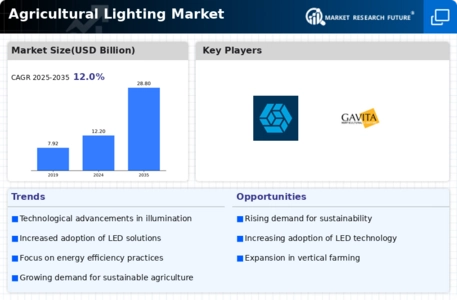
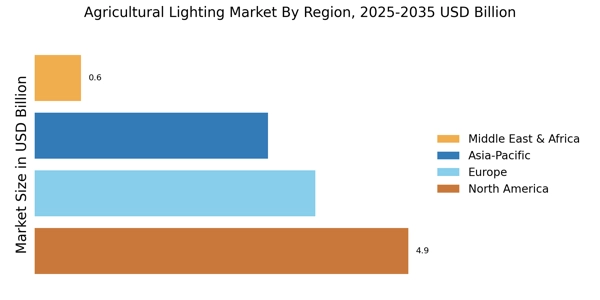
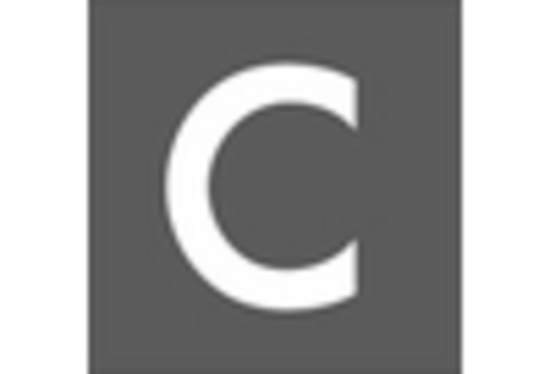
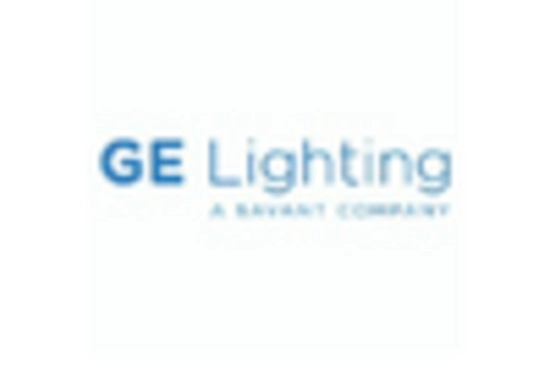
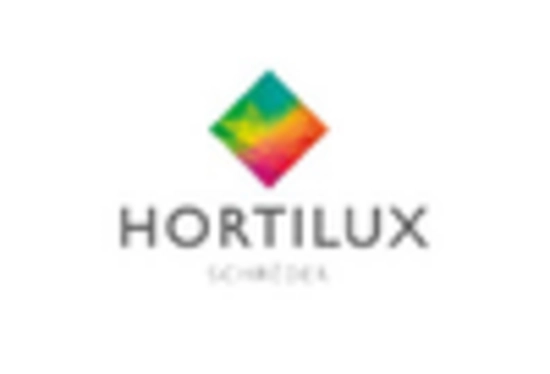
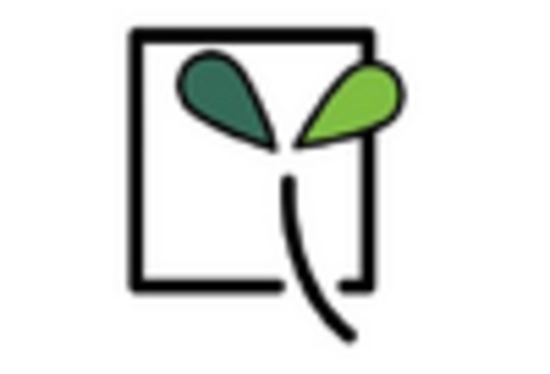
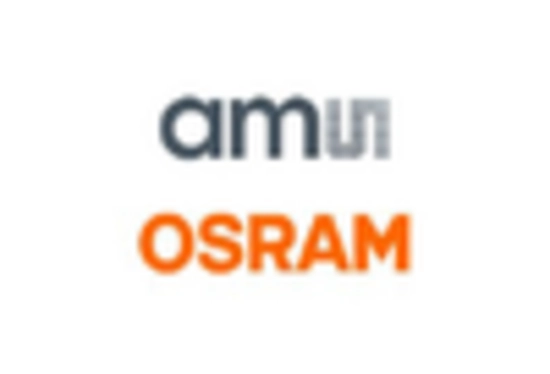









Leave a Comment